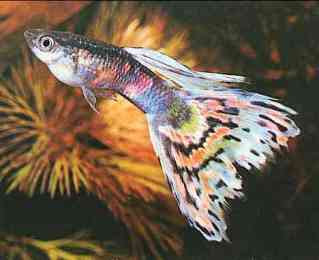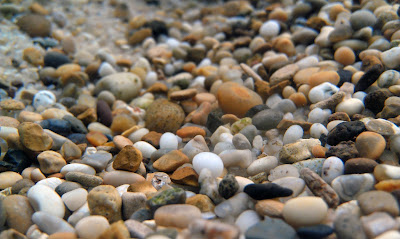Is plants necessary in aquariums
Planted aquariums are fun! They offer a whole new dimension to the fish keeping experience. With freshwater aquarium aquascaping you can create an individual, one-of-a- kind, aquarium design. You will also be providing a natural balance to the aquarium and all sorts of benefits for the tank's inhabitants.
Why Start a Planted Aquarium? Perhaps the most exciting aspect of keeping plants in your aquarium is the addition of a natural decor. Aquarium plants are very pleasing to look at and they offer hours of enjoyment for the hobbyist. With freshwater aquarium aquascaping you create a uniquely designed aquarium.
For the fish and other tank inhabitants, aquarium plants provide many benefits. They create a comfortable 'homey' environment, they offer hiding places for fish, and they can serve as food source for a variety of aquatic animals.
Vital Functions of Aquarium Plants: Having plants in aquariums is one of the most beneficial things you can do to make aquariums healthier, more stable, and simply more beautiful. Aquatic plants provide a physically enriched environment, but they naturally perform three other very important functions as well that help keep the planted tank in balance.
Aquarium plants produce oxygen
Plants go through two photosystems that are necessary to their survival. The first system is photosystem I, or photosynthesis, and is the most practical for the average hobbyist to understand.
Photosystem I:
Photosynthesis is called 'light dependent'. Plants use several things in the process of photosynthesis to provide themselves with food and energy. These include light (normally sunlight), water, and carbon dioxide. During photosynthesis, oxygen is released as a by-product, which is then breathed in by the fish. It only occurs during the daytime (when sunlight is available), and so proper lighting must be supplied.
Photosystem 2: Provided courtesy of Hannah Roberts.
"The other photosystem is called 'light independent', or otherwise known as the Calvin Cycle. It is not necessary for light to be present throughout the Calvin Cycle, although it is often coupled with Photosystem I. The net equation for the Calvin Cycle is: 3CO2 + 6NADPH + 6ATP -> glyceraldehyde-3-phosphate + 6NAD+ + 9ADP + 8Pi. This reaction is crucial to plant growth. The glyceraldehyde created is used either in the chloroplast in starch synthesis or it is exported to the cytoplasm where it is used in the synthesis of sucrose or other metabolites. The other products are used in continuing Photosystem I and the electron transport chain.
"During photosynthesis oxygen is released as a by-product, which is then breathed in by the fish. Photosynthesis only occurs during the daytime however (when sunlight is available), and so proper lighting must be supplied."... Hannah Roberts.
Aquarium plants absorb carbon dioxide:
Because they also absorb the carbon dioxide that fish breathe out, plants help keep the concentration of carbon dioxide in the water down. Plants also respire. This is the process of taking in oxygen and releasing carbon dioxide. This occurs continuously day and night.
Aquarium plants breakdown waste materials:
Lastly, aquarium plants help in general maintenance of the water. They can help keep the water clean by absorbing waste materials emitted by the fish, as well as harbor bacteria on their surfaces that absorb waste material as a food source. Some plants can even keep the waste material on the bottom of the aquarium from decaying by emitting small amounts of oxygen from their roots.
In all these respects, aquarium plants greatly improve the aquatic environment and enhance the survival of fish. Setting up a planted tank is fun, creative, and rewarding!




Comments
Post a Comment